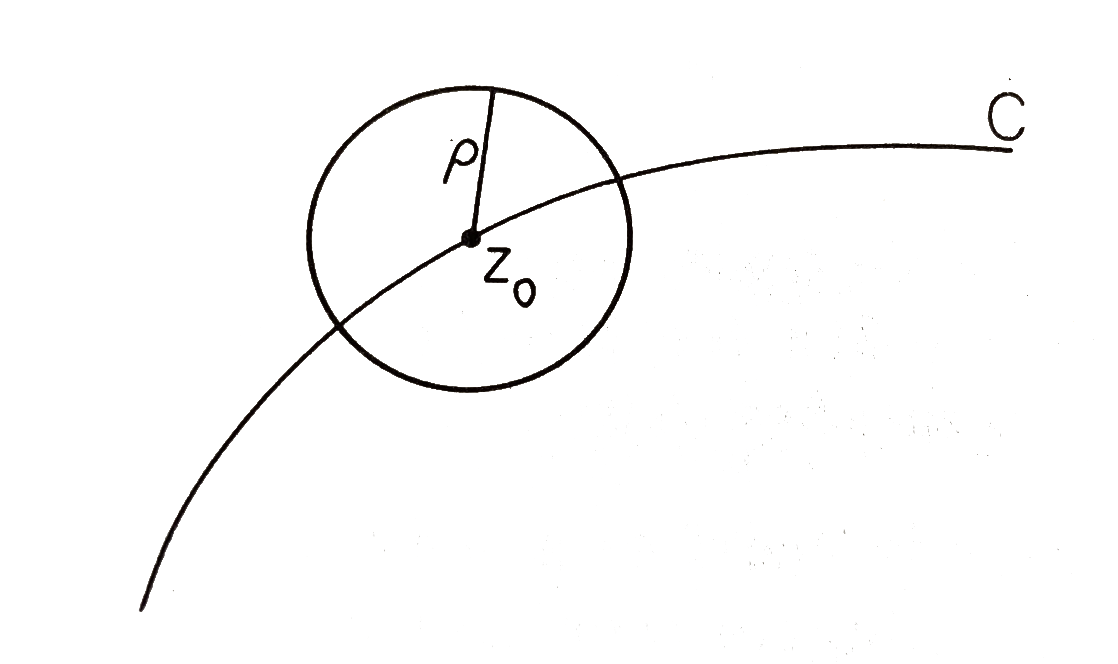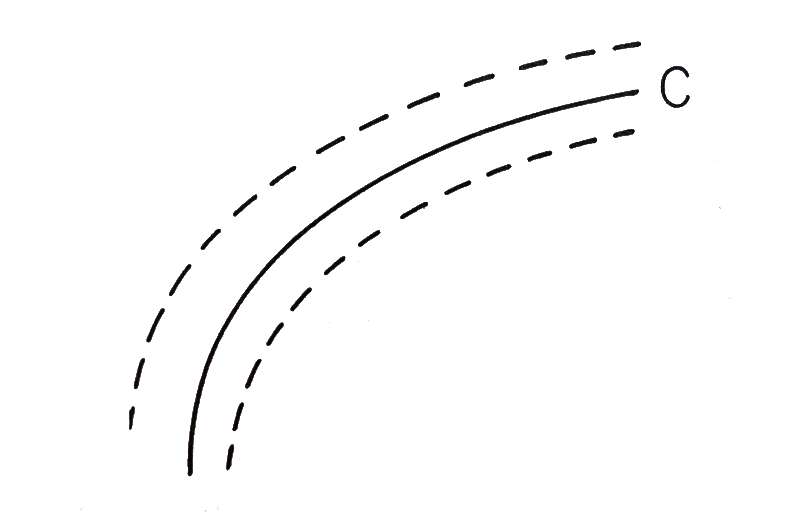Schwarzian Reflection
7 min read
TLDR
(click to show/hide)
Mirrors are cool and relatively easy to represent mathematically, at least when they're flat... What happens if you want to represent
a reflection across any shape other than a line/plane though? It turns out we can turn to some complex analysis with something called a
Schwartz function which lets us find some explicit solutions for reflections across all sorts of interesting curves.
At some point, back in a geometry class in middle or high school, we all learned how to reflect points across lines. We just need to find the line perpendicular to the one we're wanting to reflect across
passing through the point we want to reflect, and then get the point the same distance down the line on the other side.
This isn't terribly hard, but what does it look like to reflect a point across an arbitrary curve instead? What about closed shapes like ellipses? It seems clear that our reflected point should still be along the line
orthogonal to the curve, but how far should it be reflected? How would we calculate this? Let's first remind ourselves of a bit a complex analysis before looking at the answer to these questions.
Background
-
Conjugate Coordinates
The complex plane is defined as . Each point
has a complex conjugate which is the reflection of across the real-axis.
-
Regular Points
For a curve given by , a point along the curve is called
regular if
and (that is, all of the non-critical points along the curve).
-
Functions which are complex-differentiable at all points in a region are called analytic / holomorphic where complex differentiability is
defined in the same way as for real functions.
-
The Implicit Function Theorem can take some time to explain on its own, but essentially, it tells us that if we have a smooth (differentiable) function, we can solve for either of its variables. Please look into the provided link if you want
to learn more about why this works.
Schwarz Function for an Analytic Arc
Suppose we have an arc in the plane given by . We can rewrite this curve in conjugate coordinates as per the section above as .
Now suppose that is an analytic function. For a point on the curve , if we have that
, then we can solve for uniquely using the
Implicit Function Theorem to get . The theorem tells us that
is regular and analytic in a neighborhood of . If all points along are regular points (ie. they hold the property that their derivative with respect to is nonzero), we can define
in an entire strip-like region around the curve.
Neighborhood of for which is defined. Figure credit to Philip J Davis.
This tells us that for any regular curve, we can find a unique function that maps points on the curve to their conjugate value. But how does act on points in the neighborhood
surrounding our curve? We explore this in the next section.
Schwarzian Reflection
A curve given by:
where and
is a simple analytic arc if:
only if
(this is the simple part; the curve does not intersect itself)
and are real analytic functions
for
-
for
For a point , the function
is analytic in some circle , and since
has nonzero derivative as per our assumptions, it maps a sub-circle
one-to-one conformally onto a region containing . Therefore, any is the image of a unique .
Now, if we consider ,
we see that it is the Schwarz reflection of in where reflection is given by the sequence as depicted in the figure below.
Sequence of transformations that identify with the x-axis, conjugate the point , and return to a reflected point across the curve. Figure credit to Philip J Davis.
We can relate back to the Schwarz function by noting that since are real-valued analytic functions and . From there, we can deduce that:
,
So the Schwarzian reflection is the complex conjugate of the Schwarz function! With this exciting connection, we can finally move on to a more interactive example in the next section.
Example
The Schwarz function of a circle centered at with radius is given by . For any set of points within a neighborhood of the circle, such as the parametrized ellipse below, we can pass them through the Schwarz
function, take the complex conjugate, and get the reflected points in the circle.
An ellipse's reflection across a circle. Try moving the highlighted points around to change the shape of the ellipse and the location of the circle.
Resources


